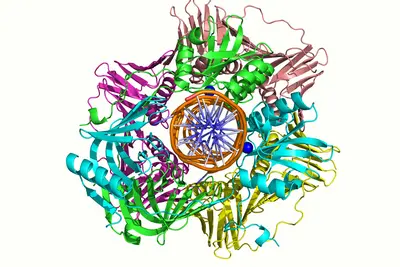MMRDNABREAK

DNA mismatch occurs during multiple processes such as: replication, homologous recombination, chemical agents… These mismatches play a crucial role in generating genetic diversity, facilitating adaptation and specifying traits in microbial populations. The MMR (mismatch repair) pathway serves as a safeguard against the transmission of these mutations. The usual and already known pathway is the canonical, ATP dependent pathway, except that bioinformatic analysis failed to identify the latter in many archaeal and bacterial genomes, such as Pyrococcus abyssi and Streptomyces ambofaciens respectively. This allowed us to identify a new MMR pathway, named noncanonical, and independent of ATP. PCNA/ β-clamp (archaeal/bacterial) and endonuclease NucS are the key proteins in this pathway. This alternative pathway opens up new questions around the structure and the activity of these two proteins with the DNA. In order to further understand this pathway, we intend to study the structure of the tripartite complex: MMDNA-PCNA-NucS. In parallel, bacterial NucS structure is not yet elucidated, and we aim to obtain the 3D structure of bacterial NucS, using crystallography and SAXS.
